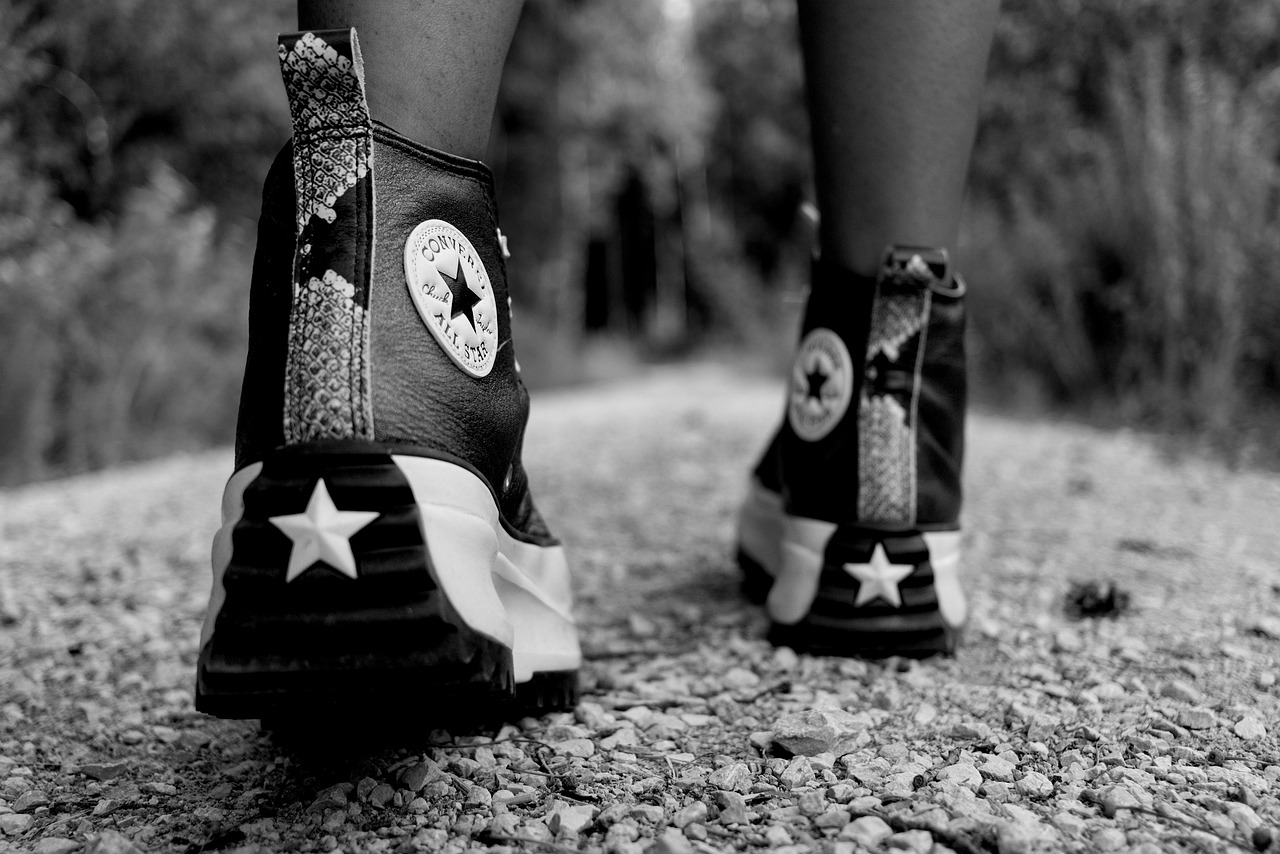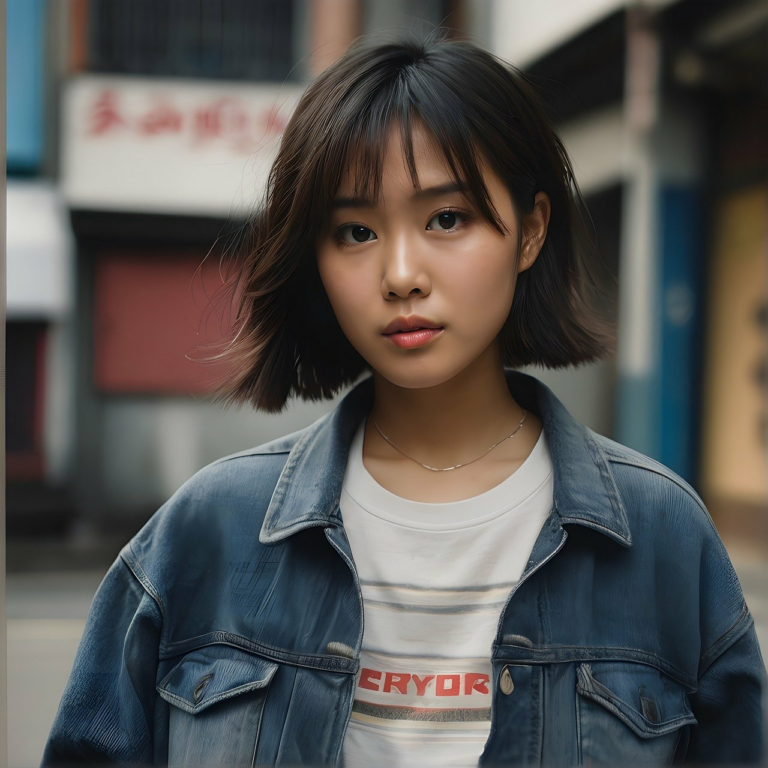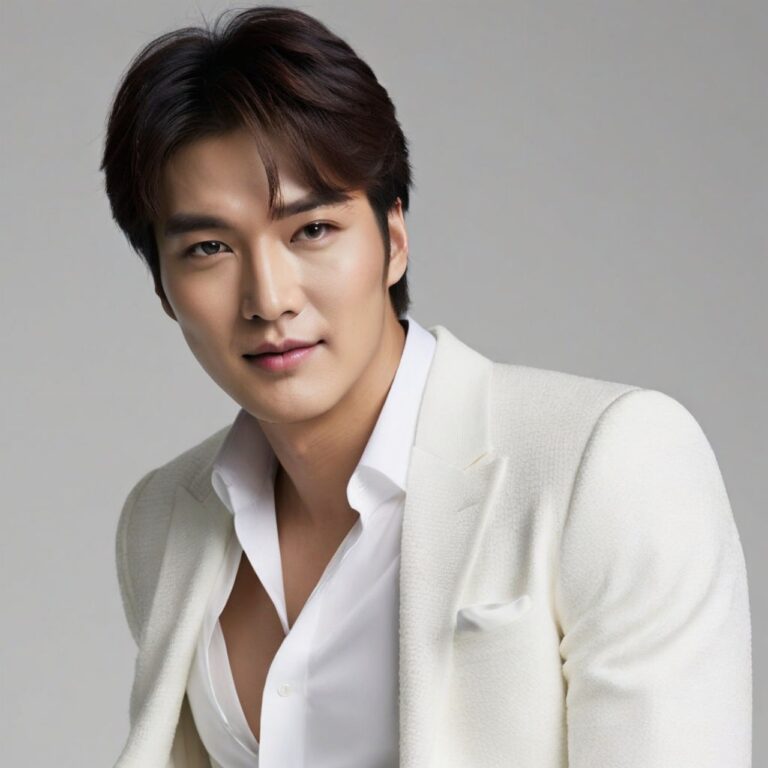The Evolution of Streetwear Culture in Urban Fashion
Streetwear culture emerged in the late 1970s and early 1980s, primarily in urban centers like New York City and Los Angeles. It was born out of a desire for self-expression and a rejection of mainstream fashion norms. Influenced by skateboarding, hip-hop, and surf cultures, streetwear became a way for young people to assert their individuality and connect with like-minded individuals.
Distinctive elements of streetwear included oversized t-shirts, hoodies, baggy jeans, and sneakers, all of which were seen as a departure from traditional sartorial choices. Brands like Stussy, Supreme, and FUBU played a pivotal role in popularizing streetwear and establishing it as a global phenomenon. Streetwear became more than just a style of dress; it evolved into a subculture that encompassed music, art, and social activism.
Early Influences on Urban Fashion
Urban fashion has always been deeply influenced by various subcultures and movements. In the 1970s, hip-hop culture played a significant role in shaping urban fashion, with artists like Run-D.M.C. popularizing streetwear staples such as Adidas tracksuits and shell-toe sneakers. The DIY attitude and bold, expressive styles of hip-hop pioneers not only inspired the music scene but also influenced fashion trends in urban communities.
In the 1980s, the skateboarding subculture emerged as another key influence on urban fashion. Thrasher Magazine and brands like Vans and Stussy became synonymous with the laid-back, rebellious aesthetic that defined skater style. The baggy jeans, graphic tees, and plaid shirts commonly worn by skaters were quickly adopted by urban youth, blurring the lines between skate culture and street fashion.
Key Players in Shaping Streetwear Trends
Illustrating the vibrant canvas of streetwear trends are influential figures who have left an indelible mark on the urban fashion landscape. From vibrant graphic designs to innovative collaborations, these key players have redefined the boundaries of style and self-expression. With a keen eye for pushing creative boundaries, they continuously challenge norms and inspire the next wave of trends in streetwear culture.
Embracing authenticity and individuality, these trendsetters have leveraged their platforms to catalyze change and disrupt traditional fashion norms. Through their unique perspectives and distinctive aesthetics, they have cultivated cult-like followings and garnered immense influence within the streetwear community. As they continue to push boundaries and pave the way for new expressions of style, these key players remain the driving force behind the ever-evolving landscape of streetwear trends.
With their innovative designs and collaborations, key players in streetwear trends have redefined style boundaries
These influencers continuously challenge norms and inspire the next wave of trends in urban fashion
Embracing authenticity and individuality, they have leveraged their platforms to catalyze change in traditional fashion norms
Their unique perspectives and distinctive aesthetics have cultivated cult-like followings within the streetwear community
As driving forces behind the ever-evolving landscape of streetwear trends, these trendsetters pave the way for new expressions of style
What is streetwear culture?
Streetwear culture is a fashion movement that originated in the 1980s and is characterized by casual, comfortable clothing inspired by youth subcultures and urban environments.
Who were some of the early influencers on urban fashion?
Early influencers on urban fashion included skaters, hip hop artists, graffiti artists, and surfers who incorporated elements of their lifestyles into their clothing choices.
Who are some key players in shaping streetwear trends today?
Some key players in shaping streetwear trends today include brands like Supreme, Off-White, and Nike, as well as designers like Virgil Abloh and Kanye West who have brought streetwear into the mainstream fashion world.







